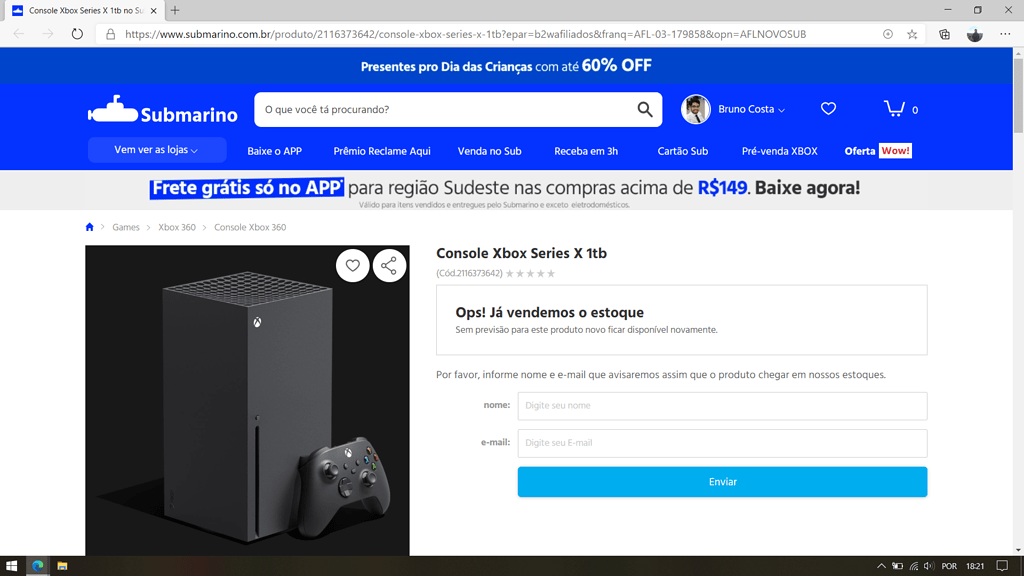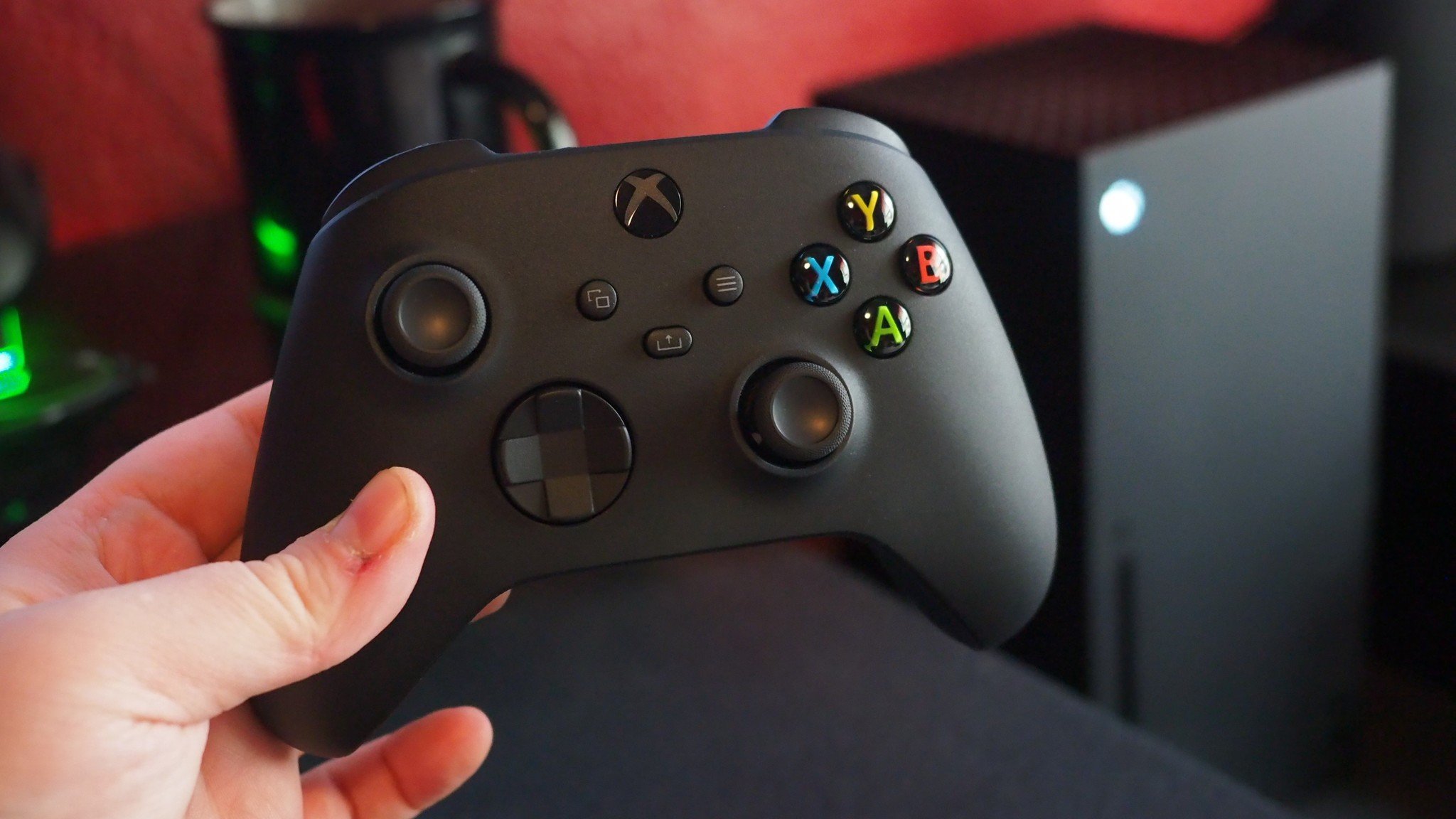Wasn't sure if this was already confirmed. Series X/S optimized games will only play off the SSD. All BC games run off a USB drive.
Also, confirmation that X/S optimized games can be transferred to the SSD to play, then transferred back to the external drive when finished. I transfer game files between drives on my PC as my main NVMe drive is small. Doing this, I avoid needing to re-download games, and I have a copy on-hand in the event the game becomes de-listed. You never know when you might want to take a stroll down memory lane.
I'm
slightly worried about this (extends to PS5 as well), because for people who go through a lot of games, all of those writes on the internal SSD for transfers are going to eventually start wearing down the P/E cycles of the NAND, and I doubt these systems are using SLC or MLC NAND.
Granted, that's why the option for expansion is out there (NVMe drives, expansion cards etc.), but it's a pricey alternative. It's this kind of thing where, if I'm being 100%, as crazy as it'd sound, I'd probably rather the systems had
skipped SSDs altogether and go with 128 GB of persistent memory. (Shill time) It's still got the same non-volatile benefits of NAND, is faster, has
much lower latency,
way better endurance levels (basically on par with RAM), and true byte-level granular addressability. Only problem is the capacities are a lot lower than NAND (but still more than DRAM).
Also if we're looking at the external drive tests for Series X so far, some of these USB-based SSD drives seem to give really good performance even when compared to the internal drive. Now that's probably due more to the coding of the BC games themselves and what they were programmed against I/O wise (Jaguar cores, HDD-spec speeds and performance, etc.), like people such as
A
Allandor
(who also posts here from time to time) mentioned on B3D. Gonna link their post because I think it also should put some people on the PS5 SSD I/O hype train down a few notches if they're expecting "blazing quick" loading for BC games on that system:
The nvme can't load faster. It is not the bottleneck. Other tests (conducted by Jeff Grubb e.g. video a few posts above ) even the normal external SSD or an external nvme aren't that much slower. It is only .x seconds slower. So not even USB 3.1 (3.2) is limiting here. I guess if you connect a much slower SSD (like 100MB/s) you would start to see that the internal SSD is still just a bit faster but than in a few seconds range. I really hope someone makes such a test with slower external SSDs.
And yes, those results are only valid for BC games. But PS5 won't change those numbers.
I expect even slower loading times on PS5 because the CPU is clocked a bit lower but for BC titles sony wants to use profiles with lower frequencies (+ optional boost mode). As both current gen consoles are jaguar based the compression algorithms should be quite the same on both. So multiplatform games should use the same compression techs (whatever the developer decided would be "optimal" in the situation).
But well, those are just BC games. Patched games or next-gen games might use completely other loading strategies. Only with those new loading strategies, the PS5 might have a loading-time edge. But it really depends if the already high IO throughput will be a bottleneck at any point.
I would be totally ok with 10s loading screens, even in new games. The stuff made in Ratched & Clank is somehow cool (but I doubt they really need that much IO throughput) but I really can't see how this would change a whole game. From time to time this is impressive, but if your whole game would be based on this it would get really chaotic quite fast.
But anyhow, back to the persistent memory stuff....
...that was never realistic though in hindsight, at least not for next-gen; since MS and Sony don't make their own persistent memory tech (yes they are R&D'ing some stuff atm but it's nowhere near ready for mass production) they'd have to source it from Micron or Intel, who would probably sell it - at lowest - for $2.50 per GB at mass volume bulks. Or,
$320 for 128 GB! Not the best use of BOM for a next-gen console at this point in time.
So in that light it makes perfect sense why MS and Sony focused more on SSDs and NAND technology, but I really don't see the internal SSDs on either system holding out for the entirety of next-gen. Eventually people
WILL have to get external expansion cards or spec'd NVMe upgrades. And I can also see MS and Sony doubling the storage on mid-gen refreshes (which I'm honestly not expecting are going to be any much more powerful in raw TF compared to the base systems). Persistent memory will have to wait until Series X-2/PS6.







